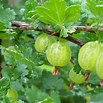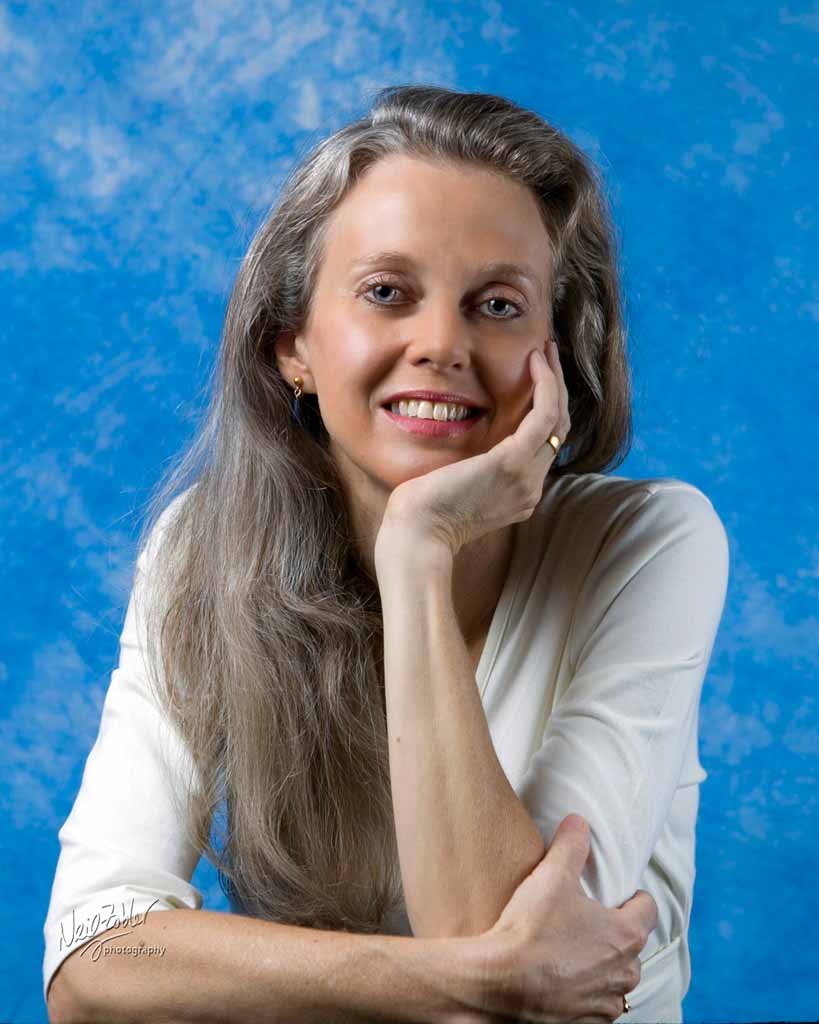
And Now For Something Completely Different
Take heart, readers! This post will not be yet another cry of dismay over the troubling ascendancy of Donald Trump. This post will be about someone completely different, someone most of you have never heard of, a person the world, for large parts of her life, branded a loser, but who pursued her vision and her art in spite of this, who triumphed over economic adversity and cultural small-mindedness to become one of the best known painters and writers in Canada.
On a very damp and blustery March day about a month ago, I stepped across the road from my hotel and through the doors of the Vancouver Art Gallery hoping to see what I had heard was the best collection of Emily Carr’s paintings in Canada. Since arriving in Vancouver only a few days before, I had already read much about Emily Carr. She’d been a local woman painter who lived with her dogs and cats and pet monkey. She’d painted the forest. She’d painted totem poles. She’d studied art in San Francisco, London, and Paris, but had returned to her native British Columbia to live and work and struggle to achieve her own artistic vision.
It was Ladies Monday at the Vancouver Art Gallery and its foyer was filled with middle-aged and elderly women chatting on benches or waiting in line to check their dripping coats and hats. The permanent exhibit of Emily Carr’s paintings, was however, to most of our dismay, not to be seen that day. The entire building had been taken over by a special exhibit called Mashup which documented the rise of multi-genre art.
I’m not sure the ladies in attendance that day appreciated some of the more bewildering installations. I’m not sure I did. After I had dutifully perused four floors of multi-media, multi-genre works, I slipped into the gallery gift shop where I found that Emily Carr had also written books. I purchased several: a collection of sketches she wrote about her jaunts to the crumbling Native villages of the Northwest Coast; her autobiography; her account of the fifteen years when in order to make ends meet she mostly put aside her art to be a landlady, a pot maker, and an English Bobtailed Sheep Dog breeder.
After the bookstore, I went to the café and ordered a stupendous salad of kale, yams, cranberries, wild rice, pumpkin seeds, and grilled chicken. I ate and stared out at the rain which was now coming down in sheets onto the abandoned gallery terrace. My neighbor at the terrace counter, a pleasant-looking, middle-aged lady with a very short, stylish haircut and large jade jewelry, peered over my shoulder at one of the books I’d purchased. “Emily Carr.” She nodded and sighed. “I was very sorry not to see her paintings.” She said this in such a way that I knew she’d come from farther than across the road. She said this in such a way that I knew the cutting edge multi-media installations had not satisfied her soul. “I asked at the front desk and they said her paintings should be back up in July.” She told me.
In July. One of the better reasons I can think of to go back to Vancouver.
Emily Carr was not actually from Vancouver though she lived there, taught there, and exhibited there. She was from the city of Victoria, that most British of cities slightly to the south across the Straight of Georgia. She was in fact born into an English family, her father had come out from England to make his fortune, and her older siblings were all British citizens. Emily, who was born in 1871, was the first child of the Carr family to be born Canadian when British Columbia joined Canada in that same year.
She was proud to be Canadian, something that in those days was considered a bit raw, a bit not ready for prime time. She was proud to be from the western coast. She struggled her whole life to depict this coast in her paintings and later in her writings: its space, its light, its density, its wonder. She was fascinated by the people who’d lived there before the white men came, the Native Americans whose lives had been interrupted and whose villages and cultures were crumbling under pressure from the new white ways.
Carr painted these villages, their abandoned totem poles leaning at precarious angles, the lush vegetation of the British Columbian cedar forest creeping up their sides. She painted the interior of these forests like the insides of great cathedrals. She painted the branches of the cedars to look like great, undulating folds of fabric, velvet, luxurious, draped like a monk’s robe in a Zurbarán painting. Later, she moved to the sky and the clouds and the gnarled coastline battered by the Pacific waves.
She preferred animals to people, solitude to company, and the countryside to the metropolis. Prolonged residence in large cities made her physically ill. Victoria, when she lived there, was a town, but a town surrounded by mountains and forests, wind and waves. Despite this, Carr was periodically driven to escape it, and spent may weeks of the year in the woods of Vancouver Island and elsewhere, sketching and breathing in the scent and soul of the forest. She always took a dog with her when she went.
Her painting was not neat and tidy, but dark and mysterious and full of a life force that many people found disturbing. Her painting was for much of her life very unpopular in Vancouver and Victoria, for it had nothing in common with the English landscape painting people had grown up with. In fact, Carr languished in obscurity until in her late fifties, her painting was “discovered” by a group of Canadian painters back East. She then began to exhibit, to sell, to be accorded the respect she was due. Her best and richest period of painting occurred in her sixth decade.
When as she approached seventy she had a series of heart attacks, her doctor absolutely forbade her to go out into the woods with her dog and her sketch pad. “Your heart won’t take it.” He told her. So what did she do? Her creative urge was too strong to subdue. She turned to the stories she’d written over the years, just for herself, to clarify her thoughts for her paintings. She polished them. Her first book about her trips to sketch totem poles, the book I bought at the museum gift shop a month ago, was a Canadian bestseller in 1941. The next year she wrote a book about growing up in Victoria in the 1870’s and 1880’s. This, too, sold tremendously well.
In late February of 1945, she had just finished some sketches for a Vancouver art exhibit. After mounting them, framing them, preparing lists for the exhibit, and arranging for their shipment, she suddenly felt very tired and decided to go to a local nursing home for “a rest.” She died a week later from her final heart attack, her name by then a household word in Canada, her books on thousands of bookshelves across the country, and her paintings on the walls of the best galleries and art museums in the land.
She had become, against all odds and many people’s expectations, a winner, but a winner in her own way and on her own terms, a winner who’d not sacrificed one jot of her artistic integrity to achieve her success, a winner for us all.





Very interesting, Linda! I looked at Emily Carr’s beautiful paintings on Google Images and was reminded of Charles Burchfield (1893-1967). Apparently she was influenced by his early watercolors which were on exhibit in NYC at the Museum of Modern Art in 1930. I can understand why you are intrigued by her….
Hm. I will take a look at his work. Thanks for that.
This is fascinating. One can only wonder how many Emily Carrs are out there who never get discovered. And yet, it sounds as if Carr would have continued to do what she was doing whether discovered or not. The artist has to have enough faith in herself to continue to work without—or with minimal—recognition and support.
So glad to know about her. Her faith in her own vision is inspiring. May we all follow our own path with such devotion.